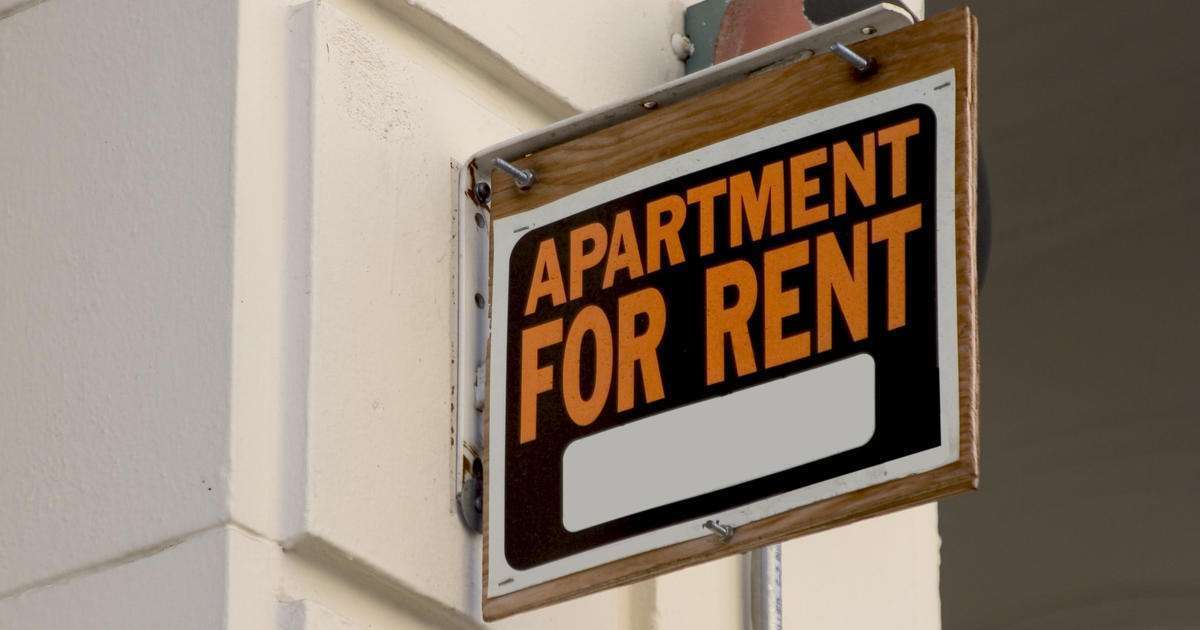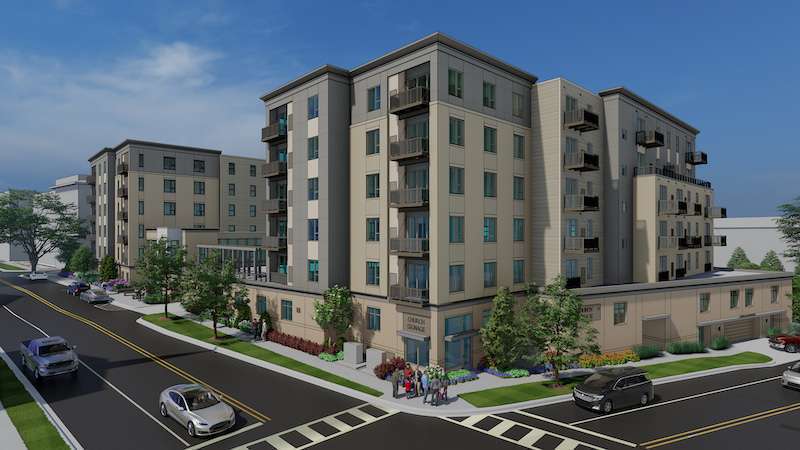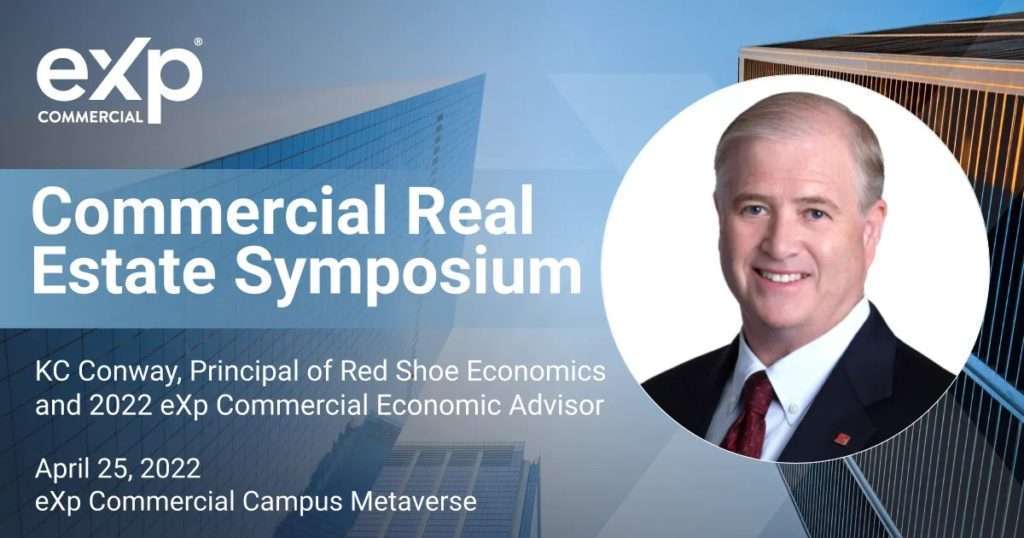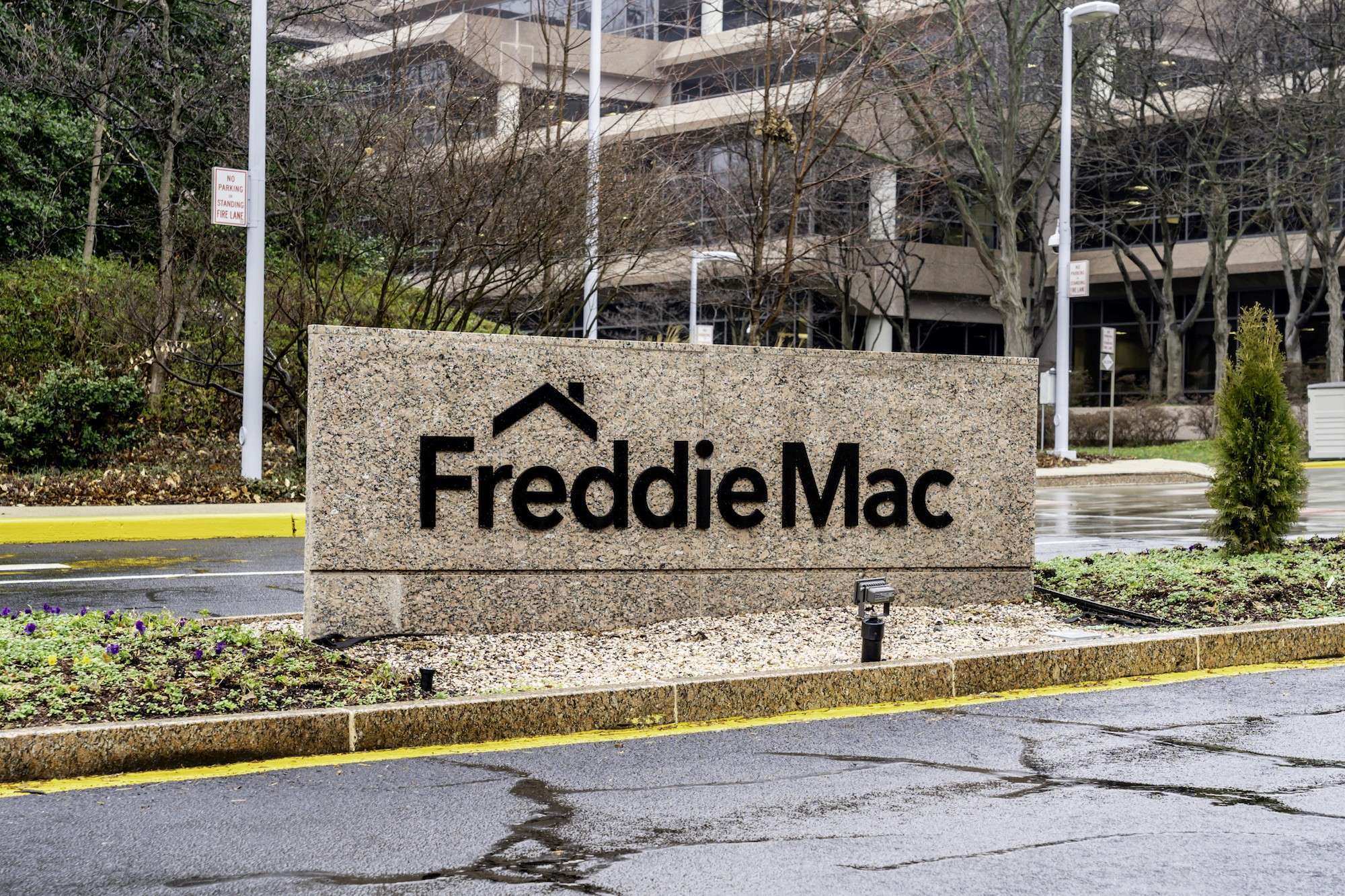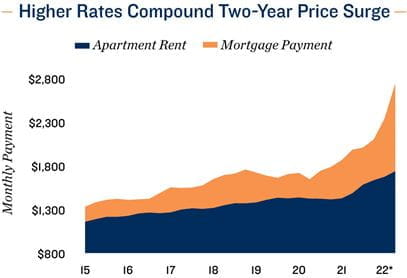Multifamily commercial real estate loans give investors capital that can be used for acquiring, repairing, or improving multifamily residential properties.
Loans are available for virtually all types of multifamily housing, and many loan programs have specific features that make them well-suited for certain types of housing.
If you need capital for a property, make sure you choose whichever multifamily loan is best suited for your property and the intended purpose.
What is a Multifamily Property?
Multifamily properties are defined as any residential property with at least two units. Duplexes are the smallest, and there’s no limit to how large an apartment complex can be. Triplexes, quadplexes, bungalow courts, garden apartments, multistorey apartment buildings, townhouses, and high-rise condominiums and apartments are some examples of what multifamily properties can be.
In addition to being categorized by size and layout, multifamily properties can also be classified according to the demographic they serve. Standard housing, senior housing, student housing, assisted living, housing cooperatives, manufactured housing, and affordable/low-income housing are among the most common classifications used by lenders.
Mixed-use properties that combine residential units with commercial spaces can also qualify for select multifamily financing products.
Multifamily vs. Single Family
While multifamily properties technically are any properties that have two or more units, a somewhat different definition is commonly used when discussing multifamily loans.
Multifamily commercial real estate loans are generally limited to properties that have five or more units. Many of the aforementioned properties would qualify for multifamily financing, including most bungalow courts, apartments, high-rises, housing cooperatives, townhouses, and similar properties.
Duplexes, triplexes, and quadplexes might still need multifamily financing, but these properties normally don’t qualify for commercial multifamily loans. Instead, loans for properties that have 2-4 units can be obtained from personal real estate lenders. A lender or loan officer who primarily focuses on home mortgages should be able to assist with financing for these properties.
The most classic single-family property is the freestanding house. Owner-owned manufactured homes, townhouses, and condominiums are often also treated as single for the purposes of financing.
Almost all loans listed below are commercial real estate loans for properties with at least five units.
Multifamily Commercial Real Estate Loan Options
FHA Loans
The Federal Housing Administration (FHA) is a division of the Department of Housing and Urban Development (HUD). HUD is tasked with making housing affordable and equitable, and it partly does so by offering multifamily commercial real estate loans through the FHA.
FHA loans (also HUD loans) have some of the most generous terms for various affordable housing properties. In general, these loans are known for high allowed leverage rates, low-interest rates, and available long terms. Properties must meet strict criteria to qualify, but the borrower qualification requirements are lower than many other financing options.
There are several different FHA loan programs available, each of which has its own qualification requirements and benefits:
- FHA 223(f) Loans offer fixed-rate and long-term financing for existing multifamily properties. Properties must be at least 3 years old, without any significant renovations within the past 3 years. Investors may use the FHA 223(f) program as long-term primary financing on properties that will be owned for years.
- FHA 223(a)(7) Loans offer refinancing options for existing debt that multifamily properties have. Properties must currently be financed through another FHA program to qualify. Investors may use the FHA 223(a)(7) program to restructure loan terms and/or take advantage of lower interest rates.
- FHA 221(d)(4) Loans offer some of the most leveraged loan terms available for multifamily properties. Maximum terms include 90% LTV, 40-year amortization, and a 3-year interest-only introductory period. The interest-only introductory period and other terms make FHA 221(d)(4) program a good option for new multifamily construction.
- FHA 241(a) Loans offer supplemental financing for major improvements. These loans can be used to install energy-efficient infrastructure, safety features, or expand properties (in special cases).
- FHA 232/223(a)(7) Loans offer financing for senior and assisted living multifamily properties. The FHA 223 program is primarily used for primary financing, and the FHA 223(a)(7) program is for refinancing FHA 223 loans.
- FHA 242 Loans offer specialized financing for hospitals and healthcare facilities (other than assisted living facilities).
Fannie Mae Loans
Fannie Mae provides financing for low-income housing that might not otherwise qualify for commercial real estate financing.
Income requirements for Fannie Mae's commercial real estate loans are quite strict. Properties must meet one of the following criteria:
- Have 20% of units rented to families that earn less than 50% of the area median income (AMI)
- Have 40% of units rented to families that earn less than 60% of the AMI
- Have 20% of units rented through project-based housing assistance (i.e. Section 8)
Most properties that already participate in housing assistance payment (HAP), low-income housing tax credits (LITHC) or Section 8 can qualify.
For qualifying properties, Fannie Mae’s loan terms are competitive with what other lenders currently offer. Fannie Mae’s terms are especially attractive if traditional financing is unavailable, or difficult to secure.
Freddie Mac Loans
Freddie Mac underwrites real estate loans for both single-unit and multi-unit residential properties. Commercial financing for multifamily properties requires at least five units.
For multifamily properties with at least five units, Freddie Mac offers several different loan programs that afford flexibility. The agency’s programs include:
- Freddie Mac Fixed-Rate Loans offer flexible primary loan financing. The loans are available for both standard and affordable housing, and the balance, term, and leverage allowances have relatively wide ranges within which they can be adjusted. Investors may use Freddie Mac Fixed-Rate Financing as a primary mortgage on properties they intend to hold.
- Freddie Mac Floating-Rate Loans offer similarly flexible primary loan financing, but with a variable interest rate rather than a fixed interest rate. Most of these loans have terms of 10 years or less because of the variable rate, whereas fixed-rate loans sometimes go as long as 30 years. Investors may use Freddie Mac Floating-Rate Financing as a primary mortgage when interest rates are low, or for properties that will be held for a few years but not longer.
- Freddie Mac Fixed-to-Floating Loans combine a short-term variable interest rate with a longer-term fixed one, while still maintaining fairly flexible terms. These loans usually have a 9-year term (2 variable /7 fixed) but are otherwise fairly flexible. Investors might use Freddie Mac Fixed-to-Floating Financing when interest rates are low, or if they want to have more capital available for construction or rehab.
- Freddie Mac Student Housing Loans offer specialized financing for medium and large student housing apartments or townhouses.
- Freddie Mac Senior Housing Loans offer specialized financing for independent living, skilled nursing, assisted living, age-in-place, and memory care facilities.
- Freddie Mac Manufactured Housing Loans offer specialized financing for medium and large mobile home parks, or other manufactured housing communities.
- Freddie Mac Green Advantage Loans offer specialized financing for energy-efficient improvements. Investors must demonstrate that an improvement will result in a direct and substantial green improvement, and they must also commit to reducing water usage by 25%. Freddie Mac Green Advantage Financing is acquired in addition to a primary loan, and the program allows for a 5% higher LTV.
- Freddie Mac Supplemental Loans offer financing for unexpected expenses, such as major improvements or repairs.
- Freddie Mac Small Balance Loans are available for smaller multi-unit properties, including duplexes, triplexes, and quadplexes.
CMBS Loans
Commercial mortgage-backed securities (CMBS) loans are resold as an investment. Investors use them for fixed-rate returns that have low downside risk.
CMBS loans are among the most common non-government loans for commercial real estate,
as they have more lenient requirements than some other private loan programs. They may be used for multifamily properties that can’t be financed via Fannie Mae or Freddie Mac, and commercial, industrial, and mixed-use properties also qualify. Loan amounts can range from as little as $1 million to as much as $1 billion.
Bridge Loans
Bridge loans provide short-term financing that “bridges” a gap. The loans are frequently used when acquiring properties or completing renovations, and almost all property types can be financed.
Most ridge loans have terms of 3-6 months. Underwriting may consider as-is value, as-stabilized value, or value-add plans. Revenues tend to be less important for these loans, as the loans are designed for purposes other than long-term financing. Buildings might not even be occupied for the entire duration of a bridge loan.
Investors may use bridge loans to finance acquisitions and renovations, or they might be used for immediate short-term flips. The latter is a somewhat uncommon use, though, because the flip must be completed within 6 months. Bridge loans have to be refinanced with another loan program whenever a property is held for longer than the loan term.
Conventional Loans
Conventional loans are a multifamily financing option if government-backed and CMBS loans aren’t available. These loans aren’t a suitable alternative for bridge loans, although banks directly underwrite both bridge and conventional loans.
Because banks directly underwrite conventional commercial real estate loans, banks themselves can determine what the lending requirements and loan terms are. Lending requirements aren’t necessarily any more relaxed than government-backed programs, and they can be slightly stricter because there isn’t a government guarantee.
The flexible terms make these loans available for virtually all multifamily properties, however, including distressed ones that might not be financed any other way.
Specific requirements and features depend on what a lender offers, and some lenders have multiple conventional financing options.
How to Get a Multifamily Loan
Financing a multifamily investment property requires evaluating all available programs, including both their eligibility requirements and loan features. Which multifamily commercial real estate loan program is best for a particular property depends on the property details, borrower qualifications, loan eligibility requirements, intended use of funds, and other details.
You can sort through all available loan options manually, or you can do so with an online multifamily loan tool.
Manually Find Multifamily Commercial Loans
While you can sort through loan options yourself, doing so is time-intensive. Only investors who are already familiar with multifamily financing tend to go this route. For instance, you might manually check loans if you already have a lender and loan program you want to use.
In rare cases, manual loan comparison might be necessary for multifamily properties with highly unique considerations.
Using an Online Loan Comparison Tool
For a more streamlined loan comparison process, use the CommLoan commercial loan finder. Simply follow the guided process, and the tool will take you through the complete process of getting quotes. At the end of the process, you’ll receive several loan quotes that can be compared. Check their eligibility requirements and terms, and apply for whichever one best suits your property and purpose.
Once you’ve chosen a quote, a lender will guide you through the remainder of the loan application process. They can help you not only apply to their institution but also apply for any government program that you’re using.
Prepare for Your Loan Application
If you haven’t already compiled these documents and figures, it’ll be helpful to know your property’s basic details, current value, expected value, building costs (if new construction or renovation), occupancy rates, and other relevant details. Additional details may be needed for specific government programs.
Lenders will also likely ask for information about your multifamily real estate investing activity. They may want to know your portfolio’s value, total outstanding loans, property revenues and expenses, ownership structure, and some other information. Your application will be considered based on the property and your current position.
Get Quotes for Multifamily Commercial Real Estate Loans
If you have an upcoming multifamily property acquisition, improvement, renovation, repair, or debt restructuring, begin the process of comparing loan options today. Some loan programs (especially government-backed ones) have longer processing time frames, so financing isn’t something you should delay. Get quotes now for multifamily commercial real estate loans, and ensure that you have enough time to obtain the best possible financing for your property.
Get a Free Commercial Real Estate Loan Quote
Fill out the form below for expert assistance from our team of Loan Consultants.
[fluentform id="4"]
